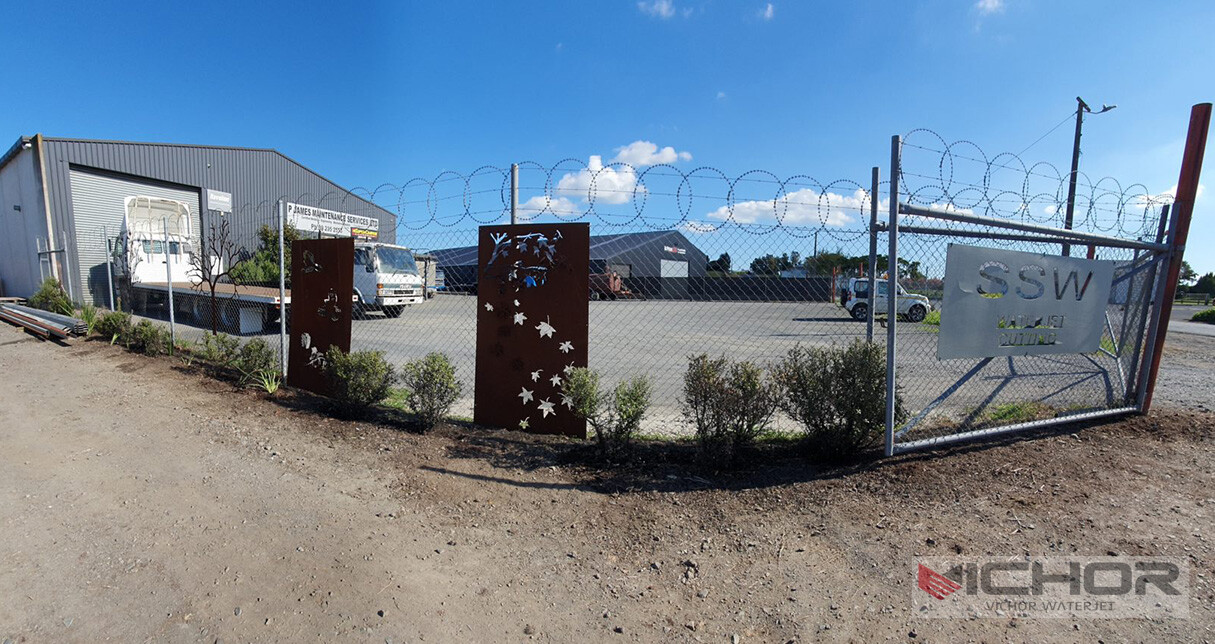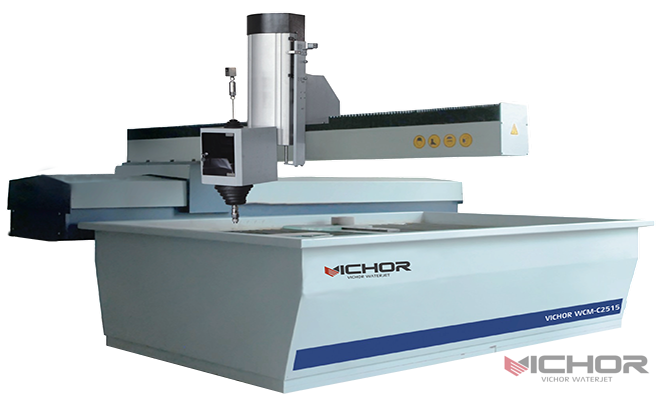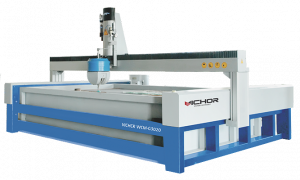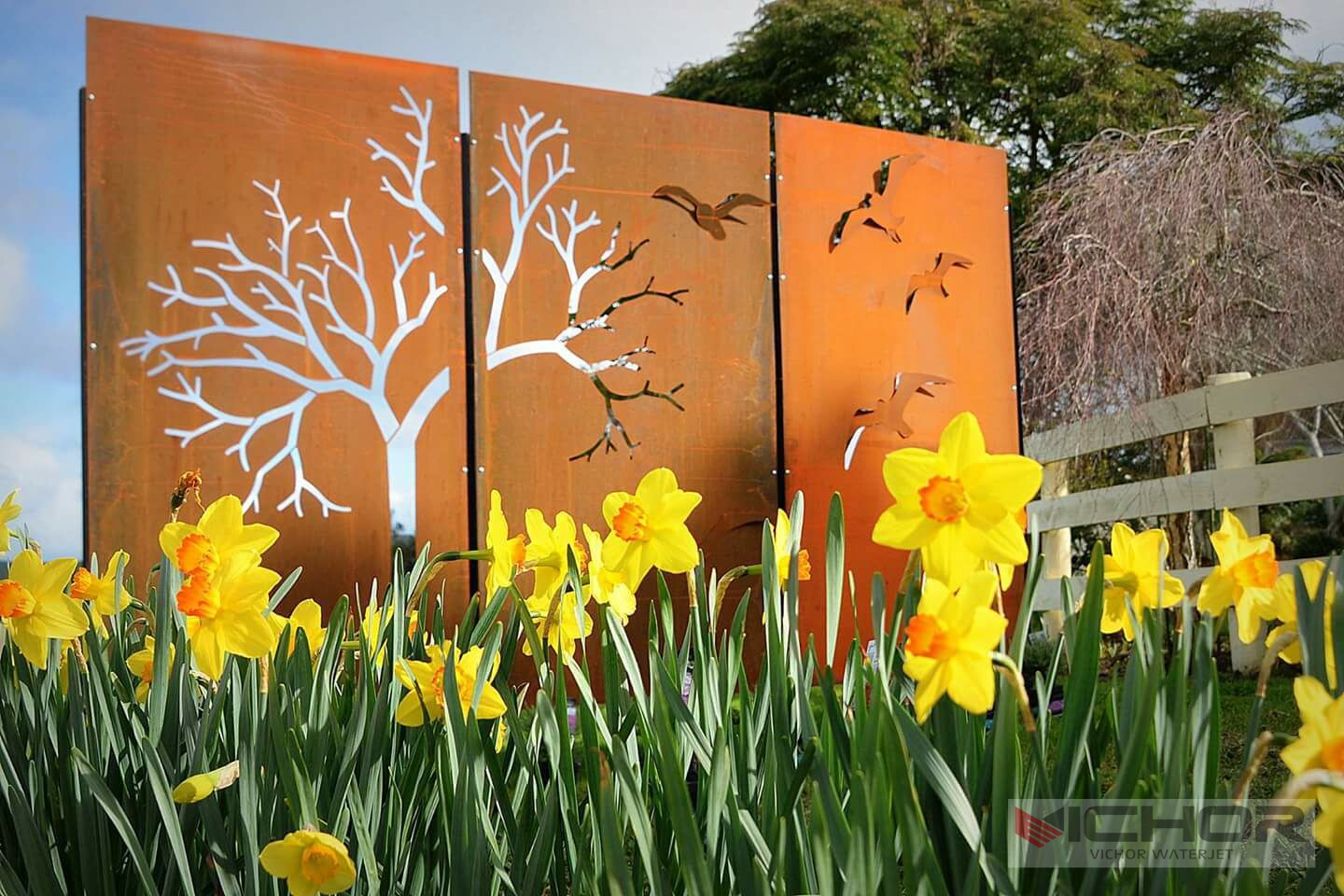
7 Key Advantages of Water Jet Tables: Why They Dominate Precision Cutting
In the competitive landscape of industrial fabrication and precision cutting, water jet tables stand as a technological marvel. These powerful machines harness the incredible force of ultra-high-pressure water, often mixed with abrasive garnet, to slice through virtually any material with astonishing accuracy and minimal heat impact. For manufacturers, fabricators, and artists alike, understanding the capabilities and benefits of modern water jet tables is crucial. This article delves deep into seven key aspects that make these systems indispensable tools.
1. Understanding the Core Technology: How Water Jet Tables Work
At the heart of every water jet table is a surprisingly simple yet powerful principle: extreme pressure focused into a tiny stream. Here’s a breakdown of the process:
Ultra-High Pressure Generation: An intensifier pump takes standard municipal water pressure and multiplies it exponentially, typically generating pressures between 60,000 PSI (4,100 bar) and 90,000 PSI (6,200 bar) or even higher. This immense pressure is the system’s driving force.
Orifice & Stream Formation: The pressurized water is forced through a tiny jewel orifice (often made of diamond or sapphire), typically 0.010″ to 0.015″ (0.25mm to 0.38mm) in diameter. This constriction transforms the water into a coherent, hypersonic stream traveling faster than Mach 3.
Abrasive Introduction (Abrasive Jet): For cutting hard materials (metals, stone, ceramics), abrasive garnet sand is introduced into the stream just after the orifice, within a precision mixing tube. The high-velocity water stream accelerates the abrasive particles, creating an intensely erosive cutting tool. Pure water jets (without abrasive) are used for softer materials like rubber, foam, food, or gaskets.
Precision Motion Control: The high-pressure cutting head is mounted on a robust, computer-controlled gantry system (the water jet table itself). This gantry moves the head accurately in the X and Y axes according to programmed CAD/CAM instructions.
Cutting Action & Catcher Tank: The focused stream strikes the workpiece, eroding the material along the programmed path. The spent water, abrasive, and cut material particles fall into a large tank below the cutting surface, filled with water to dissipate energy and reduce noise.
Water jet tables combine these elements into a system capable of handling intricate designs and tough materials with finesse impossible for many thermal cutting processes.
2. Unmatched Material Versatility: Cutting (Almost) Anything
Perhaps the most compelling advantage of water jet tables is their incredible material versatility. Unlike laser or plasma cutting, which are limited by material reflectivity, conductivity, or melting point, waterjet cutting is a mechanical (cold) process. This allows it to handle an astonishingly wide range of materials:
Metals: From soft aluminum and copper to hardened tool steel, stainless steel, titanium, brass, and inconel. Thicknesses can range from thin foils to slabs exceeding 12 inches (300mm), depending on the machine’s power.
Stone & Tile: Granite, marble, slate, porcelain, ceramic tile – waterjet is the go-to method for intricate countertop designs, mosaics, and architectural elements.
Glass: Both thick architectural glass and delicate art glass can be cut precisely without thermal stress cracking. Laminated glass is also cut cleanly.
Composites: Carbon fiber, fiberglass, Kevlar, and other laminates are cut cleanly without fraying or delamination, a significant challenge for other methods.
Plastics & Polymers: Acrylic, PVC, polycarbonate, HDPE, UHMWPE, rubber, foam, and gasketing materials – waterjet avoids the melting and toxic fumes associated with thermal cutting.
Exotics: Materials like armor plating, ballistic glass, and specialized alloys that are difficult or impossible to cut with other technologies succumb to the waterjet.
Food: Pure water jets are used hygienically for portioning cakes, frozen foods, poultry, and more.
This unparalleled versatility means a single water jet table can replace multiple specialized machines in a workshop, streamlining production and reducing capital expenditure.
3. Precision Cutting Capabilities: Accuracy and Edge Quality
Water jet tables are renowned for their precision and ability to produce high-quality edges:
Tight Tolerances: Modern machines, especially those equipped with dynamic head control (DHC) or similar technologies that compensate for taper, can hold tolerances consistently within +/- 0.003″ to +/- 0.005″ (0.076mm to 0.127mm) or better, depending on material and thickness.
Minimal Kerf Width: The cutting stream (kerf) is very narrow, typically ranging from 0.020″ to 0.050″ (0.5mm to 1.27mm) for abrasive jets, and even smaller for pure water jets. This minimizes material waste, especially crucial for expensive alloys or stone.
Smooth Edge Finish: Waterjet cutting produces a characteristic smooth, satin-like finish. While a slight “striation” pattern might be visible, it’s generally much smoother than plasma cutting and requires less secondary finishing than many machining operations. The finish can often be controlled by adjusting cutting speed and abrasive flow rate.
No Heat-Affected Zone (HAZ): This is a critical advantage. Since waterjet is a cold cutting process, it introduces zero heat into the material. This means:
No Thermal Distortion: Parts retain their original shape and flatness.
No Hardening or Annealing: The material’s microstructure and inherent properties (hardness, temper, strength) remain unchanged along the cut edge.
No Microcracking: Essential for materials prone to stress corrosion cracking or where structural integrity is paramount.
Ability to Cut Heat-Sensitive Materials: Plastics, composites, and even explosives can be cut safely.
Burr-Free Cutting: Waterjet typically produces little to no burr, especially on thinner materials, reducing or eliminating deburring operations.
4. Design Flexibility and Complex Geometry Handling
Water jet tables excel at translating complex digital designs into physical reality:
True Contouring: The cutting head moves smoothly in any direction (omnidirectional), allowing it to follow intricate CAD paths with ease. Sharp corners, complex curves, and fine details are no problem.
Minimal Set-Up Time: Once the material is secured on the water jet table, cutting can commence almost immediately. No custom tooling, dies, or complex fixturing is required for different shapes, unlike punching or forming.
Nesting Efficiency: CAD/CAM software allows for highly efficient nesting of parts on a single sheet, minimizing material scrap. Different parts can be cut from the same material sheet in a single run.
Piercing Without Damage: The waterjet stream can pierce material internally to start cuts without pre-drilled holes, allowing for cutouts and internal features to be machined directly.
Bevel Cutting: Advanced water jet tables equipped with 5-axis cutting heads can tilt the nozzle while cutting, producing precise beveled edges (common for welding preparation) or complex 3D contours on thick materials. This eliminates secondary machining operations.
Prototyping & Low-Volume Production: The lack of tooling costs and quick setup make waterjet ideal for prototypes, one-off custom parts, and low-to-medium volume production runs.
5. Environmental and Operational Advantages
Operating water jet tables offers several benefits beyond the cut itself:
Environmentally Friendlier Process:
No Hazardous Fumes/Gases: Unlike plasma, laser (on certain materials), or oxy-fuel cutting, waterjet produces no toxic fumes, smoke, or ozone. Ventilation requirements are significantly reduced, focusing mainly on managing noise and mist.
Minimal Waste Stream: The primary waste is spent garnet abrasive and the cut material particles suspended in water. Garnet is inert and non-toxic. Advanced filtration systems allow water recycling and abrasive recovery/recycling programs are becoming more common.
Reduced Energy Consumption: While the intensifier pump uses significant power, the overall process energy consumption can be lower than thermal processes requiring pre-heat or high continuous power, especially for thick materials. There’s no energy wasted heating a large mass of material.
Operator Safety (Compared to Thermal Processes): The absence of extreme heat, UV radiation (like laser), intense visible light (like plasma), and hazardous fumes significantly reduces specific safety hazards for operators. Primary concerns are high-pressure safety and noise.
Reduced Secondary Operations: The cold cut, high edge quality, minimal burr, and lack of HAZ often mean parts come off the water jet table ready for immediate use or with minimal finishing (e.g., light sanding or polishing), saving time and labor costs.
6. Automation and Integration: The Modern Water Jet Table
Modern water jet tables are highly sophisticated CNC machines, increasingly integrated with automation:
Advanced CNC Controls: Utilize powerful software for precise motion control, path optimization, taper compensation (DHC), and process parameter management (pressure, abrasive flow, cutting speed).
CAD/CAM Integration: Designs flow seamlessly from CAD software through CAM software that generates efficient, optimized cutting paths and toolpaths (including lead-ins/outs, piercing routines, and nesting).
Material Handling Automation: Integration with automatic loading/unloading systems (conveyors, gantry loaders, robotic arms) enables lights-out manufacturing, significantly boosting productivity for high-volume or repetitive jobs.
In-Process Monitoring: Sensors can monitor nozzle condition, abrasive levels, water pressure, and cut quality, providing feedback for predictive maintenance and process optimization.
5-Axis Capability: As mentioned, tilting cutting heads add a new dimension of capability for complex parts, further reducing the need for secondary machining.
7. Choosing the Right Water Jet Table: Key Considerations
Investing in a water jet table requires careful evaluation:
Table Size (Cutting Envelope): Determines the maximum sheet size or part size you can process. Consider both current and anticipated future needs.
Pump Power (HP / kW & PSI/Bar): Higher horsepower and pressure allow for faster cutting speeds and the ability to cut thicker, harder materials. Balance power needs with operational costs.
Cutting Head Technology: Consider features like Dynamic Waterjet Head Control (or equivalent) for taper compensation, automatic nozzle changers, and 5-axis capability if needed.
Motion System Rigidity & Precision: High-quality linear guides, drives, and structural components ensure accuracy, repeatability, and longevity, especially under the high forces involved.
Control System & Software: User-friendly, powerful controls and compatible CAD/CAM software are essential for efficient operation and utilizing the machine’s full potential.
Abrasive Delivery System: Consistent, reliable abrasive metering is crucial for cut quality and process stability.
Catcher Tank Design: A robust, well-designed tank with efficient slag management and water filtration/recycling capabilities reduces downtime and maintenance.
Manufacturer Support & Service: Reliable technical support, readily available spare parts, and service expertise are critical for minimizing downtime.
Water jet tables have firmly established themselves as a cornerstone technology in modern manufacturing, fabrication, and artistic creation. Their unique combination of unparalleled material versatility, cold-cutting precision, exceptional design flexibility, and increasingly sophisticated automation offers advantages that thermal processes simply cannot match. From intricate aerospace components and robust mining machinery parts to stunning architectural stonework and delicate food presentations, the applications are vast and continually expanding.
The environmental benefits and operational safety improvements further solidify their position as a responsible manufacturing choice. As pump technology advances, control systems become smarter, and automation integrates more deeply, the capabilities and efficiency of water jet tables will only continue to grow. For any operation demanding precise, versatile, and heat-free cutting across a wide spectrum of materials, investing in a high-quality water jet table remains a powerful and strategic decision, dominating the landscape of precision fabrication.
continue reading





